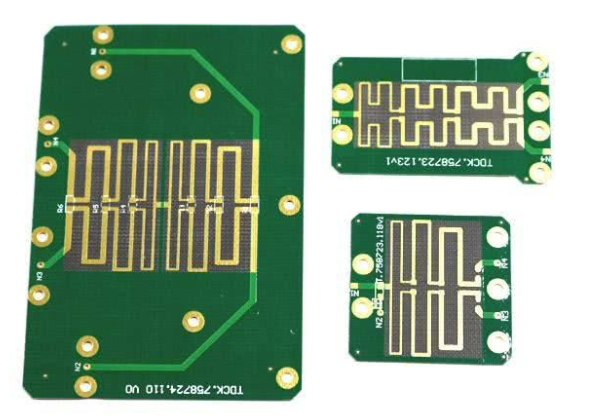Blind and buried via circuit board: power battery
The core of the blind and buried via circuit board of the power battery is the safety issue, which is the most difficult and thorny issue among all contradictions. Security is a very complex system, involving all aspects, energy density, cycling, fast charging, cost, etc. are all complex hybrid systems, which are quite complex links.
Lithium battery is a device for storing energy, which is divided into two parts: one is reversible conversion, and the other is reversible at both ends of charge and discharge. The second is its own energy consumption, which can release heat in the oxidation reaction.
Under normal working conditions of the battery, the charging and discharging or energy conversion speed of the battery is controllable, but the energy is in the form of electricity. If the short circuit, the energy release rate is very fast, which will lead to a large amount of heat accumulation. When the speed reaches When it cannot be controlled, explosions and fires will occur, which is the root cause of safety accidents caused by lithium batteries.

There is a trigger mechanism in which the heat of the battery's blind buried via circuit board is out of control. The trigger mechanism has several stages. First, the anode material itself decomposes, and the anode material generates heat, which in turn causes the entire energy release to go out of control, and the battery explodes and catches fire. How to prevent battery thermal runaway? The circuit board factory believes that the first choice is the choice of raw materials, and try to choose high-level safety or materials that release less energy to make batteries. In addition, from the perspective of battery design, most battery safety accidents are caused by battery defects. Safety is a system engineering, it is not only a material link, from the battery system materials to the entire battery packaging, and then to the battery use link.
From raw materials to battery components, BAK cylindrical batteries have made a comprehensive breakthrough in safety. In the battery package, 28 batteries are randomly selected to detonate once. After the battery was detonated, the impact of the entire thermal system and the vehicle was satisfactorily evaluated.
What factors affect the safety of blind and buried vias for power batteries?
The battery pack needs to ensure that the battery pack is still in good condition and can still operate normally in the event that the battery is out of control. Any single battery will lose heat control, and the battery pack still has a normal voltage. In the vehicle, any battery will not burn out after a safety accident, and it can continue to run, and the driver needs to be reminded to drive to the 4S store for maintenance.
As for the relationship between battery performance and safety, high energy density is very worthy of attention. HDI board factory believes that there are two directions for high energy density. One is to choose some new materials, and now more are high nickel + silicon materials, and the other is to provide more materials and more energy in a limited space. Due to the application of high nickel + silicon materials, the thermal energy of new energy vehicles has dropped from the initial trivalent nickel content to the current eight valent nickel content.